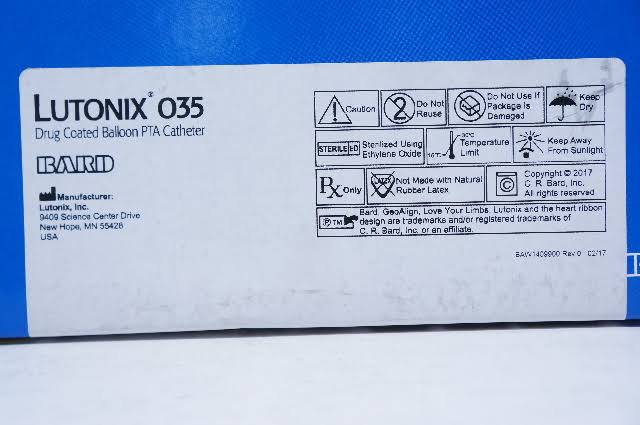The drug-coated balloon (DCB) for peripheral interventions had its share of troubles in recent years before making a comeback, with the field of available devices perhaps even poised for expansion.
In a randomized trial, an investigational paclitaxel-coated DCB with both a quirky design and confectionery name achieved achieved better patency outcomes in femoropopliteal lesions, with comparable safety, than another such device, which, more than 8 years ago, became the first of several to gain approval in the United States.
The Chocolate Touch DCB (TriReme Medical) emerged as decisively noninferior to the familiar Lutonix DCB (Lutonix) for both efficacy and safety at 12 months. By the trial’s design, it was then eligible for sequential superiority testing for efficacy and edged past Lutonix.
The international Chocolate Touch study , which compared the two devices in 313 patients with symptomatic peripheral artery disease (PAD), was presented April 4 at the American college of Cardiology (2022) Scientific session , held virtually and in person in Washington, DC, by coprincipal Investigator Mehdi H. Shishehbor, DO, MPH, PhD, Case Western Reserve School of Medicine, Cleveland. He is also lead author on the study’s same-day publication in Circulation.
The Chocolate Touch balloon catheter’s characteristic design features a nitinol outer cage that restricts the inflating balloon, which then bulges through the cage openings to create drug-coated “pillows” separated by grooves, Shishehbor described for the audience.
The bulges, he said, broaden the surface area of the balloon making contact with the vessel wall by 20%, compared with other DCBs, in theory boosting the delivered dose of paclitaxel.
Animal studies, at least, seem to confirm that potential advantage for the Chocolate Touch, said Alexandra J. Lansky, MD, Yale School of Medicine and Yale-New Haven Hospital, New Haven, Connecticut, during a press conference on the Chocolate Touch Study.
“What we’re seeing in the first 15 days is higher levels of drug in the vessel wall, compared to the Lutonix balloon,” said Lansky, who is on the trial’s data and safety monitoring board and clinical events committee.
“Perhaps it’s going to be a go-to drug-coated balloon for peripheral vascular interventions,” said Mehran, from Icahn School of Medicine at Mount Sinai, New York City. It could be “a fantastic addition to the armamentarium for treating patients with peripheral vascular diseases and allow the interventionalist to have another tool with very good safety and efficacy endpoints.”






Leave feedback about this